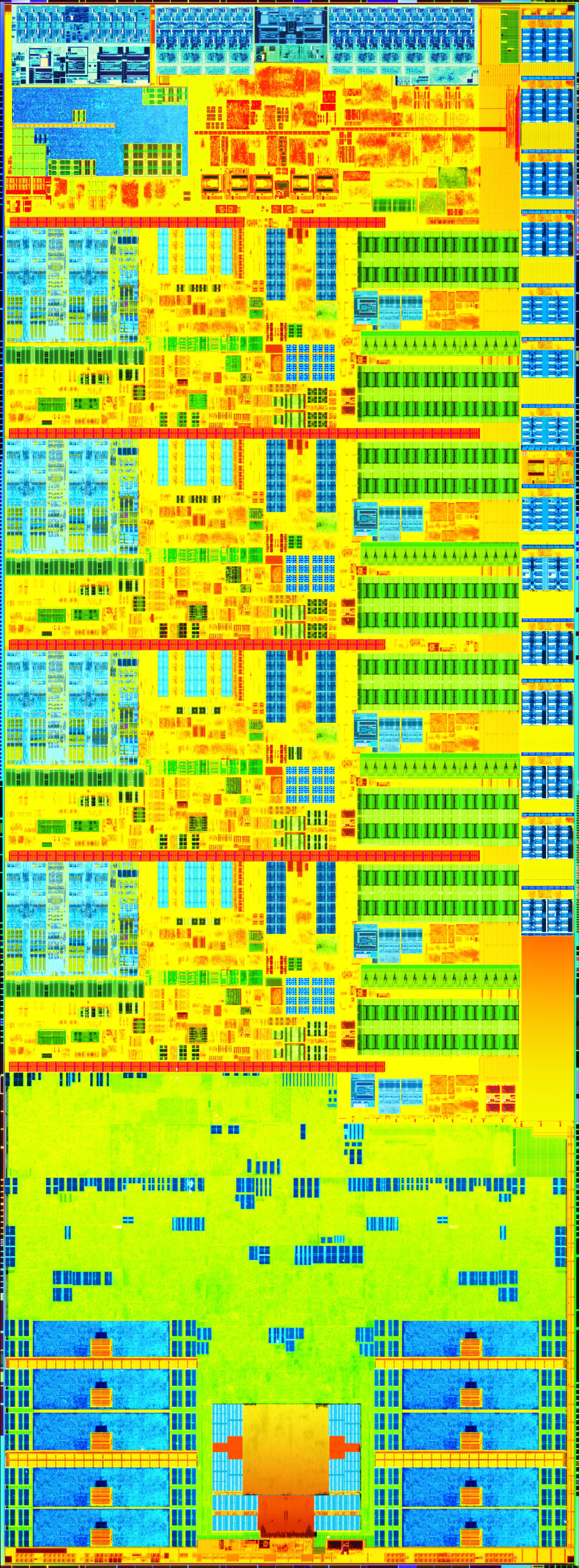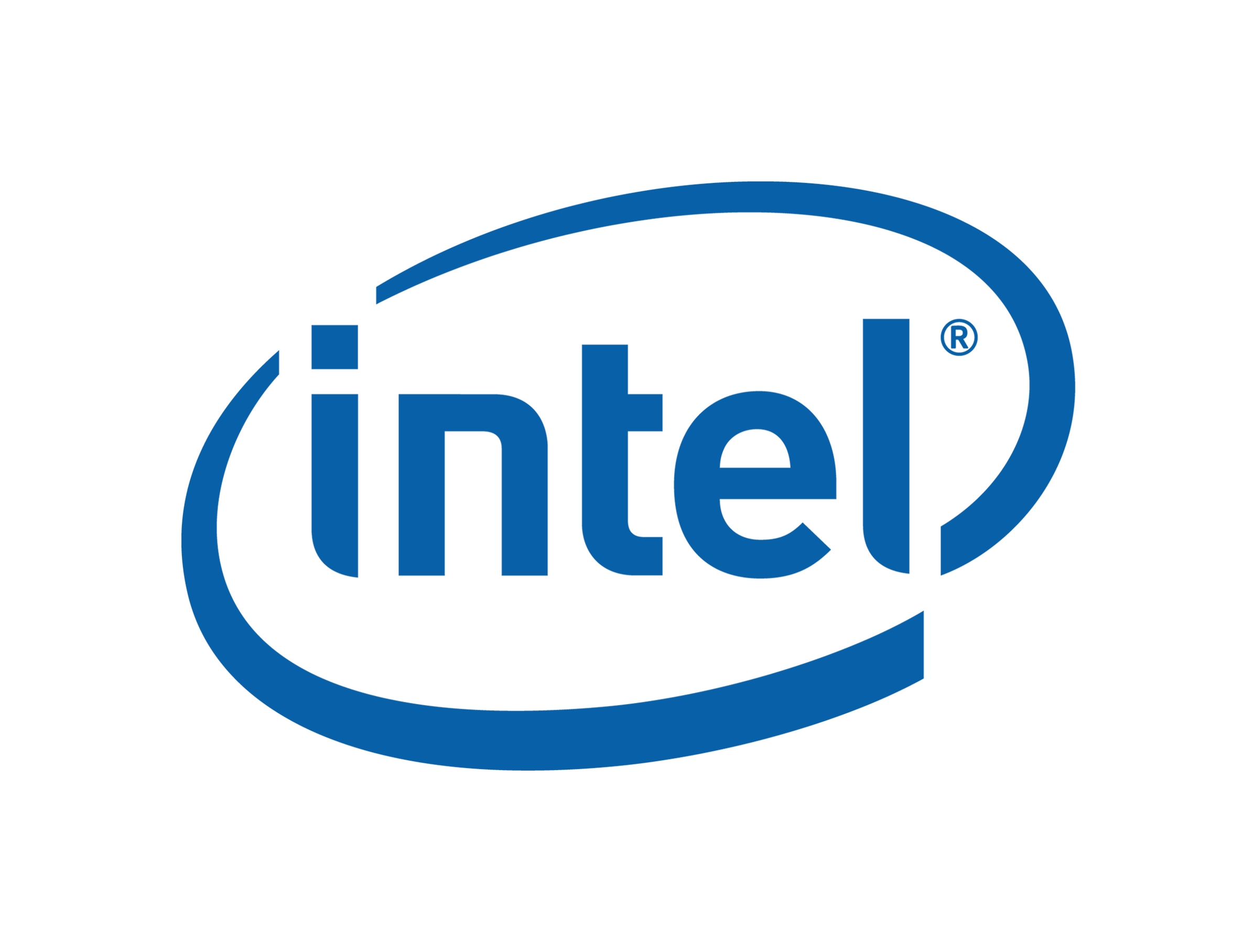The Mad Shift to Mobile -
Although most people will credit Apple with the push to mobile computing the credit actually goes to the marketing genius that coined the term “desktop replacement”. This designation was meant to describe a portable computer that could do the same job as an average desktop. It was not meant to do everything, but it could do enough to get you by. This term and the reduction in price for laptops is what helped open up the market to the average consumer. It would not be until a few years later than the smartphone craze hit and ARM managed to gain the massive share they have in the mobile market.
Still there were problems in the mobile market that were inherent in the design of the products. Most of these issues were related to storage, weight, CPU speed, graphics, and of course battery life. For a long time that you could not have everything and had to pick and choose the items you wanted to sacrifice. Even today when picking out a laptop there are always compromises. Intel, AMD and ARM have been working to find the answers to these issues. With the 4th generation Core family Intel hopes to offer a solid base to build on for mobile device manufactures who may finally be able to build a real desktop replacement.
Haswell will be one of the first CPU lines to offer a single chip BGA solution for mobile devices. This includes the CPU and PCH in a single package to make product design and manufacture simpler. Of course they will also offer the more traditional 2 chip package for those that are looking for this style. Internally Intel has reduced the power needs while maintaining a respectable performance level. They have also worked very hard to correct their deficiencies with their internal GPU and are claiming a 3x increase in performance over the GMA GPU in Ivy Bridge. If Haswell can deliver on the promises of decreased power usage as well as increased CPU and GPU performance then it represents a significant improvement in the mobile market. Sadly we do not have any mobile devices with Haswell in them for this review, but we do have their desktop offering the Core i7 4770k.
But what about the desktop? –
A couple of months ago the internet went a little crazy as reports of Intel’s new BGA package CPUs were leaked. Someone decided to put two and two together, but they ended up getting five and started a healthy rumor that Intel was getting rid of their desktop CPUs. The fact that even a casual look at the market would have shown how foolish this notion was escaped many readers and sites as they reposted the news around the net. Have no worries though, Intel is not going to give up in the very popular (and lucrative) desktop market. Intel is changing the Socket with Haswell (LGA 1150 now) and pushing even more into this 2nd generation 22nm processor.
So what exactly are you getting with a new Haswell Desktop CPU? There are a few things that Intel has been working on and promising in Haswell that are sure to spark the interest of consumers from the most basic user right up to the enthusiast. We will be diving into the real world performance of Haswell in the form of a Core i7 4770k CPU, but before we talk about raw performance numbers let’s look over some of the improvements in Haswell and what they will mean to you.
2nd Generation 22nm process –
Although this seems like a very small item to talk about it is important as we know from past experience that the first generation of a new process can have challenges meeting the performance expectations of some parts of the market. In particular the overclocking community was rather upset about the performance that Ivy Bridge showed. Although most chose to blame the use of the thermal interface material a quick look at history will show that CPUs using a new process do not overclock as well as the second generation. Because of this we expect to see improved overclocking which actually translates into longer product life and a more robust product.
Advanced Vector Extensions 2 -
Here things get interesting for the content creators Intel first introduced AVX in 2008 with the intent of improving the way CPUs handle data. The instruction increased the SMID width from 128-bits to 256-bits and increased the operands from two to three. AVX also increased floating point performance significantly which helped boost multimedia performance (encoding/decoding). AVX was an interesting way to bring more parallel performance to the CPU.
In AVX2 Intel is finishing up the task they set themselves with AVX. Almost all integer operations are not 256-bits wide. The 3 operand SMID includes general purpose registers and FMA3 operations. The upshot of this is that you will get a boost to your audio and video encoding/decoding. Blu-ray, HD and 4k video playback will be smoother under this CPU regardless of the GPU you chose to use. You should also see some gain in performance with 3D modeling and rendering applications as the new instruction set will be able to handle the heavy math that these tend to throw at a CPU (including ray tracing). These new instructions are also much more efficient and allow the CPU to perform its work while consuming less CPU time and power.
Cache Power/Frequency Separation -
In Ivy Bridge and Sandy Bridge the L3 Cache was in lock step with the CPU. A change to the Bclk (BaseClock could have huge impacts on the CPUs ability to properly cache instructions; because of this only minor adjustments to the Bclk were possible without the system becoming unstable (unless you turned off cores). By putting the L3 cache on its own you remove this limitation and allow overclockers a bit more flexibility in what they can do with the BaseClock and should improve efficiency in general.
Transactional Synchronization Extensions (TSX) -
TSX is a new addition with Haswell and brings hardware transactional memory support to the CPU. It allows better control on locking without the need to specifically program for it. TSX is a low-level programing feature and allows a programmer better flexibility with respects to how hardware works with their code. At this stage the hardware can determine if it needs to run in locked memory space or not it is a much more efficient way to program over requiring everything to synchronize in memory. TSX also prevent unnecessary serialization of code blocks as even protected code can run concurrently as long as they do not need access to each other’s data. TSX is another item that Intel is using to increase parallelism in their CPUs. TSX only applies to applications that can share data without an issues, if this is not possible then the old serial method of code execution is there as a fall back.
Improved GPU –
As we mentioned earlier in this article Intel has not always had the best GPU to toss into the mix. Intel recognized that their GPU is one of the items that was holding it back in the mobile and desktop markets. As our systems move to less conventional designs (All-in-One) we see the need to have low power CPUs and GPUs. The problem is that you really cannot have both at the same time. Even if you have a discrete add-in GPU you cannot use it all the time as they typically eat up battery power. There are solutions for this, but they are often complex and have their own performance overhead to deal with. AMD actually realized and created the APU to combat it, but in the end you have a graphically capable GPU, but the core processor is underpowered for many compute needs. By redesigning their GPU Intel is trying to create a best of both worlds solution, this is a departure from their older “good enough” graphics model and they are clearly acknowledging that people do want high-performance graphics on their mobile devices.
Interestingly the desktop will not be getting the top end of the graphics range, the Iris pro 5200, but they will be getting the GMA 4600 which is still intended to give an improved graphical experience than what we previously have seen from Intel. At first look the exclusion of Iris Pro graphics from the upper end of their desktop line looks bad for Intel, but when you really look at it you can see that it is not. Intel recognizes that someone buying the Core i7 4770k is likely to also have their own GPU to drop in so there is no reason to put the extra GPU into it.
There are obviously other improvements to be found in Haswell including an extra two execution ports, a possibility to up to 128MB of L4 cache and an internal power regulator for the CPU and iGPU. Overall things are looking good for the 177mm^2 chunk of silicon which contains an estimated 1.4 Billion transistors, but we wonder about the shift to a more mobile oriented CPU and its implications for performance on the desktop. Haswell represents a significant change in the way that Intel is designing processors, we could see some performance differences in our usual testing suite because of this. So with that in mind let’s dive into the actual performance numbers.




